On Air Now
Relaxing Evenings with Zeb Soanes 7pm - 10pm
9 November 2022, 16:32
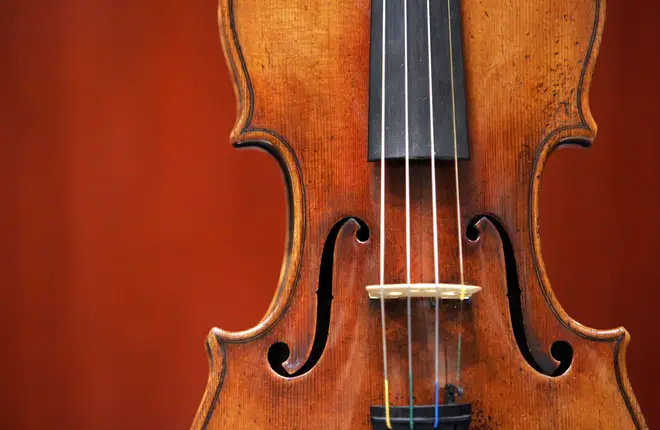
Antonio Stradivari is famous for producing the best violins the world has ever seen – and heard. But debate still rages about what exactly makes his instruments the best ever made. These are some of the suggestions...
The Stradivarius violin is the stuff of musical legend. Over the centuries the maker’s instruments have graced concert stages, museums, private collections and recording studios. They have been praised for the clarity, richness and individual character of their sound.
But what makes a Strad different? There have been many theories posed over the years. Here’s a few of them...
Read more: Long-lost Stradivarius violin stolen by Nazis during Second World War found in France
A study by academics at MIT have suggested the secret to the Stradivari sound is the size of the ‘f’ holes on the front of his violins. The more elongated these holes, the more sound an instrument can produce. Stradivari made the ‘f’ holes longer and narrower than in previous instruments:
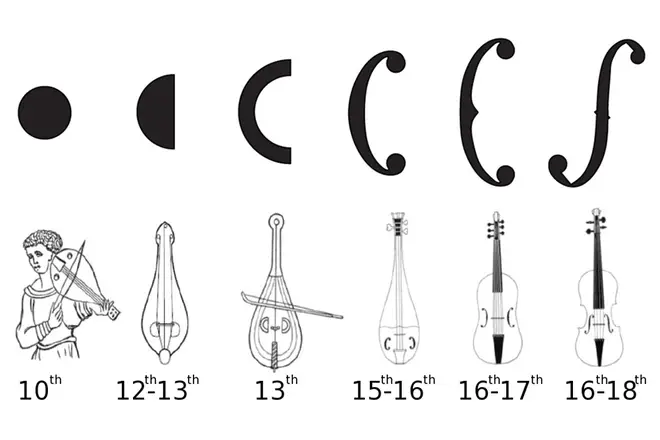
Stradivari experimented with different shapes for his violins – even making some which were much longer. And here’s the beautiful Cipriani Potter violin in all its glory to demonstrate:
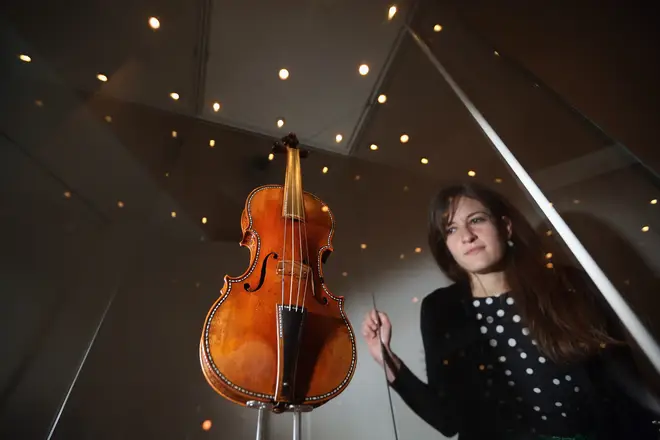
Much has been written about the varnish the great luthier used, analysis has even come up with the exact recipe – a mixture of oil, oil-resin and in some cases a red pigment.
The famous ‘Messiah’ Strad has an intricate carving on its tailpiece. Ok, so it might not directly contribute to the sound, but it does look amazing.
Read more: A Stradivarius stolen 40 years ago has been revived for the first time
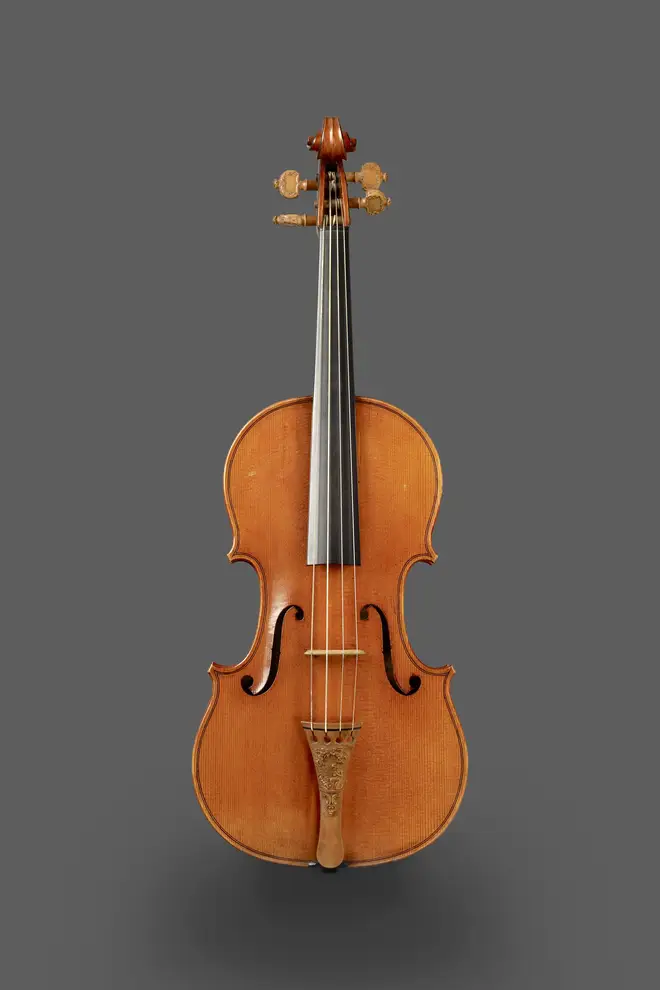
No, really. In a 2003 study, scientists in Columbia and Tennessee said that the colder winters and summers of the 17th century, when Stradivari was working, could have led to slower tree growth. In turn this would have meant Stradivari and his fellow instrument-makers were working with denser wood.
There have been suggestions that Stradivari and his fellow Cremona-based instrument makers might have added a mystery ingredient to the wood they used – and even that they may have used wood from ancient churches, giving their instruments an inimitable sound.
Read more: The 110-year-old Titanic violin that miraculously survived the sinking ship
While people debate the exact dimensions, ingredients and design that helped make a Stradivari violin one of the best – if not the best – in the world, there’s one thing we can be sure of: this man was behind it. And he was almost certainly a genius.
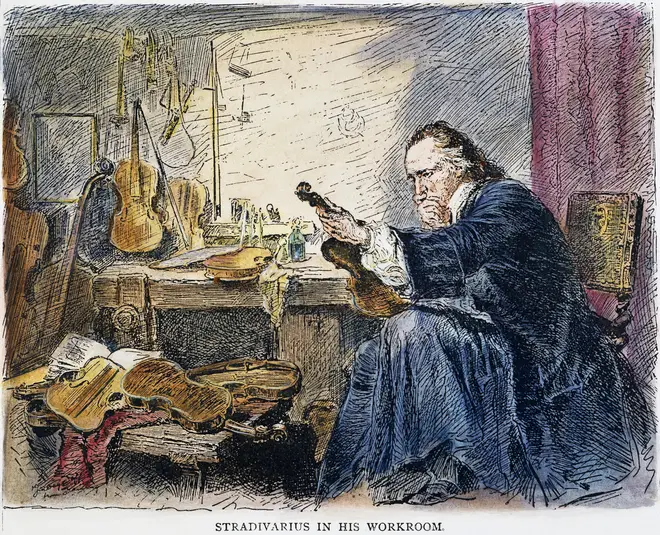
One study has claimed that Stradivarius violins are far from perfect. In fact, physicist Dr Franco Zanini argued that what makes a Strad a Strad is its tiny imperfections. Dr Zanini put a number of instruments into a particle accelerator to look beneath the layers of varnish.
Speaking to The Telegraph he said: “We noticed there were a lot of asymmetries in the instruments. In principle they have no reason to be there, but it is possible these imperfections were made to remove the unpleasant harmonics that you get in symmetrical instruments.”
One of the main reasons Stradivari violins sound amazing is that they are played by the very best musicians in the world. For example:

Nicola Benedetti gives a tour of her Stradivarius violin
And here’s violinist James Ehnes playing one of Stradivari’s great violins – the 1715 ‘Marsick’ .

Beethoven Romance No. 1 / Royal Stockholm Philharmonic Orchestra / Alsop / Ehnes